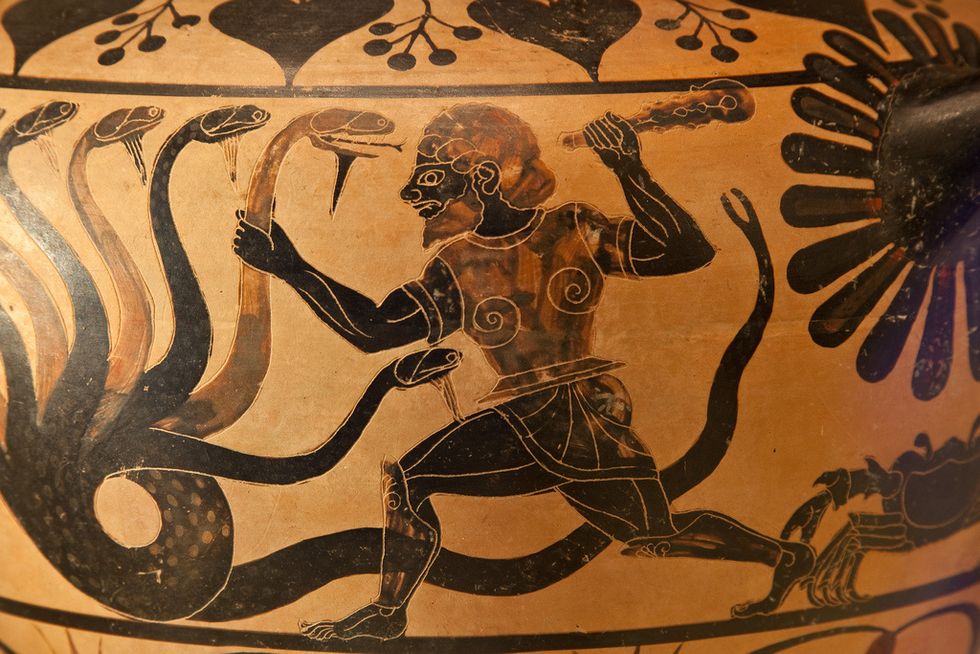Okay, so maybe you aren't delving into the underworld to save your wife, slaying a hydra, pulling a sword from the stone, taking a magical ring to a volcano, getting whisked off to a Wizard school, attempting to save the galaxy even though you're just a junk scavenger… you get the point.
But it can still help us. The Hero's Journey is a storytelling structure that has been around since humanity has. This frequency in narrative was noticed by Joseph Campbell, who wrote a book about it under the name "The Hero with a Thousand Faces." You can also watch the "Myths & Monsters" documentary on Netflix (mostly the first episode, "Heroes and Villains").
A big takeaway is that the Hero's Journey is a fabrication of humanity, which means the inspiration for the Journey is something we, as humans, can understand and relate to. It's easy to cross-reference the Hero's Journey with modern stories and find the plethora of similarities. But since the Journey is a creation of humanity, it can reveal something about ourselves.
When the Hero starts their journey, they often experience a "call to adventure." We are familiar with Gandalf arriving at Bilbo's door or Hagrid kicking down the Dursley's. But for the average human, this call to adventure may be something good (like a new job opportunity) or something bad (the death of a loved one). The call to adventure can be anything that requires the hero to exist their comfort zone and pursue something new.
To reach this adventure, the hero must face the threshold guardian that is keeping them from entering the unknown of the abyss. For Bilbo it was the trolls or Gollum, and for Harry it was his own family. A contemporary guardian may be an important application for a job.
The threshold guardian, like many other aspects of the adventure, is just another hurdle. You oftentimes have to make a deal, compromise, or do something to overcome the threshold guardian. If you can't bypass them and get into unknown territory, than the true Hero's Journey can never begin.
Once you've made your way through the threshold and into unknown grounds, then the true challenges arise. A key aspect of this portion of the Hero's Journey is the archetype of the mentor or helper.
I'm an independent introvert. Asking for help is not in my toolkit. But I cannot stress enough how important it is to get assistance from those around you. This help can come in various forms: words of encouragement, tools for facing the challenges, or actual help in completing certain tasks. I don't know where I would be without my Samwise Gamgee or Ron Weasley.
Identifying the challenges in this part of your Hero's Journey is difficult. This is when you, as the Hero, must face your own deficiencies and weaknesses. Primarily, identify your distractions.
In my own experiences, managing my distractions has been the hardest but most effective part of fulfilling my Hero's Journey. Things like TV, video games, and social media, while you may label as a "reward," are often just distractions that are keeping you from attainment. It's hard to turn away from these things; but if you don't, you're stuck in the Abyss until you do.
Once these challenges have been overcome, your rebirth and the attainment of your goals are within reach. Now, it's a matter of returning into the real world and holding onto what you've learned.
Let's recap. Goal-setting without a plan is null. Even with a plan, your challenges (which I like to call "shadows") can stop you short of your goal. So, figure out how you want to achieve your goals, identify the things that will get in the way and be totally honest with yourself, find tools and people that can help you get started or maintain your journey, and take the first step.


















